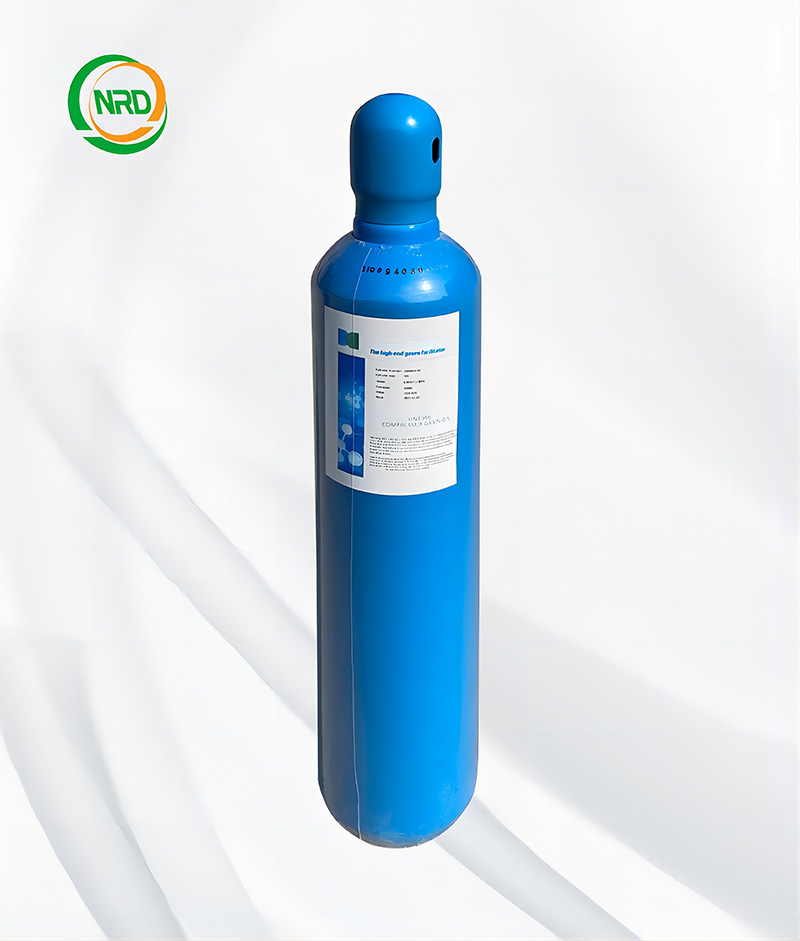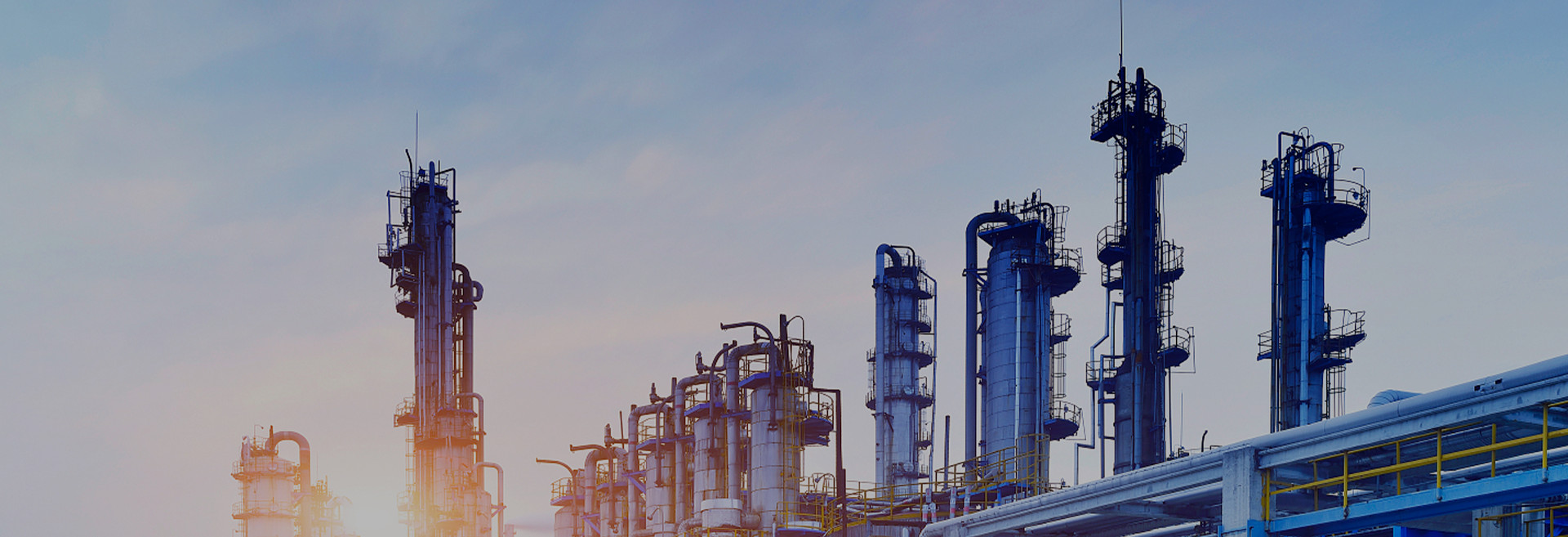KrF laser gas, or Krypton Fluoride laser gas, is revolutionizing the world of industrial manufacturing and research with its exceptional precision and efficiency. This powerful ultraviolet laser technology has made significant strides in recent years, offering unprecedented capabilities in a variety of applications. In this news article, we will explore the benefits of KrF laser gas and its growing impact on industries around the world.
Unmatched Accuracy and Speed
KrF laser gas is renowned for its unmatched accuracy and speed, which are crucial in industries that demand high precision and efficiency. This gas mixture, comprised of krypton and fluorine, generates a strong ultraviolet (UV) laser with a wavelength of 248 nanometers. The short wavelength of KrF lasers allows them to achieve incredibly fine resolutions, making them ideal for intricate tasks such as semiconductor fabrication, microelectronics manufacturing, and medical device production.
Reduced Heat Damage
One of the most significant advantages of KrF laser gas is its ability to minimize heat damage to materials. Traditional laser systems often produce excessive heat, which can cause unwanted side effects like warping, melting, or scorching. In contrast, KrF lasers generate minimal heat while maintaining exceptional precision, making them the perfect solution for heat-sensitive materials and delicate components.
Environmentally Friendly
Another benefit of KrF laser gas is its environmentally friendly nature. Unlike some other laser systems, KrF lasers do not produce harmful greenhouse gases, making them a more sustainable choice for various industries. Furthermore, the gas mixture can be safely recycled after use, reducing waste and further contributing to eco-friendly practices.
Expanding Applications of KrF Laser Gas
The unique properties of KrF laser gas have led to its adoption in a wide range of industries and applications. Some of the most notable uses include:
- Semiconductor fabrication: KrF lasers are extensively used in the production of integrated circuits, where accurate patterning and etching are essential.
- Microelectronics manufacturing: The ultra-fine resolution of KrF lasers is ideal for producing tiny components found in modern electronics.
- Medical device production: KrF laser gas allows for the precise fabrication of advanced medical devices, such as stents and catheters, with minimal heat damage to delicate materials.
- Material processing: The ability of KrF lasers to minimize heat damage makes them perfect for cutting, drilling, and engraving various materials, including metals, plastics, and ceramics.
Conclusion
KrF laser gas is becoming an indispensable tool in numerous industries due to its unparalleled precision, speed, and reduced heat output. As more businesses recognize the potential of this cutting-edge technology, we can expect KrF lasers to continue transforming the way we design, manufacture, and process materials.

Post time: Aug-13-2023

